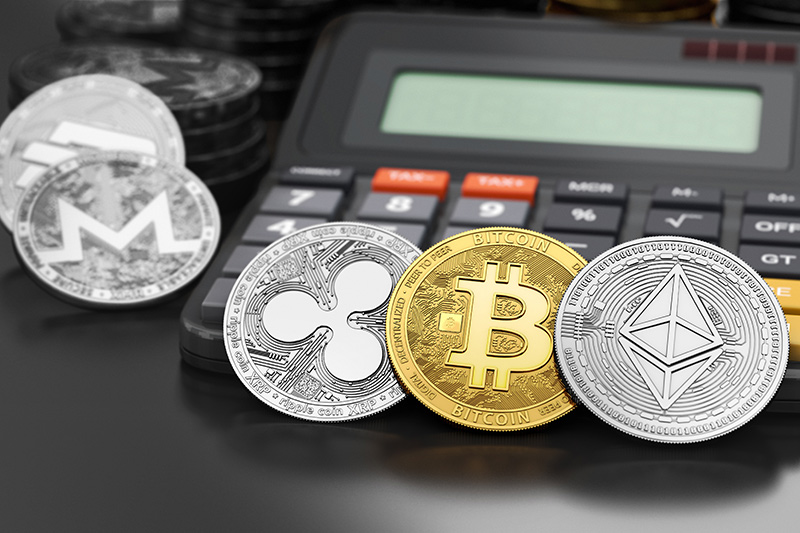© Reuters. Ethereum (ETH) surpassed Bitcoin (BTC) for the second time in history
U.Today – Long-term holders of ‘s have ‘s’, marking only the second time such an event has occurred. The growth of the value confirms a relevant thesis of the market: it is still in accumulation mode, despite the relatively weak performance of the market.
The Hodler Ratio chart indicates that the percentage of Ethereum holders committed to holding their assets long-term has seen a steady increase, now surpassing that of Bitcoin. This metric is crucial as it demonstrates the confidence that investors place in the future of the network.
Ethereum’s ability to surpass the percentage of long-term holders can be attributed to several factors. The continued development of the Ethereum network, including the new roadmap and growing ecosystem in Layer 2 networks, boosted investor confidence. Furthermore, most investors believe that Ethereum is still lagging behind and has not yet shown its true market potential.
However, a high percentage of long-term incumbents can represent a double-edged sword for a network’s performance. While it indicates confidence and a long-term view, it can also lead to reduced liquidity and potentially hamper short-term price performance. In the accumulation phase, this is usually seen as positive; suggests that investors are stockpiling and holding, which could drive prices up in the future due to reduced supply.
Despite this positive sentiment among holders, price performance is still lagging behind some of its peers. This may be due to a variety of factors, including market cycles and the broader economic environment affecting risk assets.
However, traction on Ethereum’s Layer 2 networks provides a silver lining. The increased activity and scaling solutions offered by these networks are improving Ethereum’s usability and could serve as catalysts for future growth. The rise of Layer 2 solutions is key to Ethereum’s ability to handle higher transaction throughput, reduce fees, and improve the overall user experience.
This article was originally published on U.Today.








